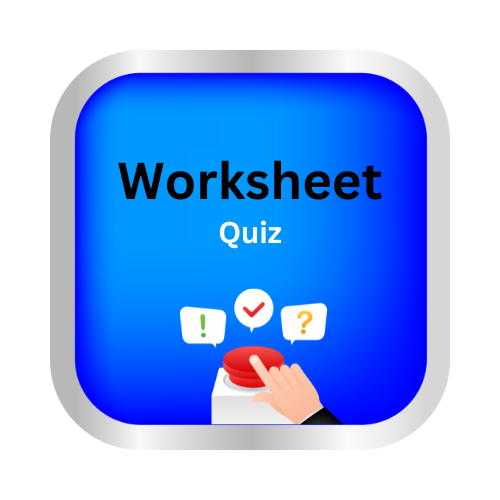Comparing numbers up to 100
key notes :
Understanding Numbers
- Recognize numbers from 1 to 100.
- Count forward and backward within 100.
Comparing Two Numbers
- Identify which number is greater or smaller.
- Use a number line to compare numbers.
Using Symbols for Comparison
Learn and use the symbols:
- Greater than ( > ) → 75 > 42
- Less than ( < ) → 23 < 67
- Equal to ( = ) → 50 = 50
Comparing Digits in Two-Digit Numbers
- Compare tens place first (e.g., 45 vs. 72 → 7 is greater than 4).
- If tens are the same, compare the ones place (e.g., 47 vs. 42 → 7 is greater than 2).
Ordering Numbers
- Arrange numbers from smallest to largest (ascending order).
- Arrange numbers from largest to smallest (descending order).
Real-Life Examples
- Compare the number of objects in two groups.
- Compare ages, heights, or items in daily life.
Learn with an example
🔑Which words make this statement true? 73 ____ 23.
- is greater than
- is less than
- is equal to
- First, count the number of digits in each number. There are 2 digits in each number. They have the same number of digits.
- Compare the tens digits. The tens digit in 73 is 7. The tens digit in 23 is 2. 7 is greater than 2.
- 73 is greater than 23.
🔑Which words make this statement true? 13 ____ 23.
- is greater than
- is less than
- is equal to
- First, count the number of digits in each number. There are 2 digits in each number. They have the same number of digits.
- Compare the tens digits. The tens digit in 13 is 1. The tens digit in 23 is 2. 1 is less than 2.
- 13 is less than 23.
🔑Which words make this statement true? 8____ 8.
- is greater than
- is less than
- is equal to
- 8 is the same number as 8.
- 8 is equal to 8.
Let’s practice!

